European carbon capture and transport developments will be led by Enagás and Molins
)
Enagás and Molins have agreed to use the Mosusol netCO2 project based in Spain, to promote their joint candidacy for the Innovation Fund 2025.
The aim of the Mosusol netCO2 project is to focus on decarbonising hard-to-abate industries, especially the cement production industry. An overall aim of doing this, will be to position Spain as a benchmark when it comes to innovation within carbon management.
Creating this open access CO2 transport network, will come with many benefits, including efficient transport measurement, quality control and finally, captured CO2. Along with this, the project will also look for ways to include innovative technology, which will be put to use optimising the management of the pipeline’s lifecycle. This technology will also be used to improve both the safety and efficiency of the process.
Right now, the companies have made it clear that they expect the project to be able to capture one million tonnes of carbon dioxide every year and this will be accomplished through a capture facility in Molins, specifically Sant Vicenç dels Horts (Barcelona). Once the CO2 has been captured, it will then go on to be transported by Enagás for storage purposes. As it is estimated that this project will have a total investment of 590 million euros, it is also anticipated that this project will have the capacity to make a significant contribution to the decarbonisation of industrial sectors, whilst also reducing water consumption which is commonly associated with industrial processes.
So far, the collaboration between Enagás and Molins has already received the STEP (Strategic Technologies for Europe Platform) seal, in the form of a call for the Innovation Fund 2023, as the project was recognised as strategic for the European Union. It was discovered that through the use and promotion of a synergistic ecosystem which operates through combining carbon capture, transport, use and storage, the Mosusol netCO2 Project was able to not only focus on Catalonia’s industrial emissions, but it was also able to offer a model for achieving carbon neutrality, which is both scalable and replicable. Currently, Catalonia’s industrial emissions about to an estimated five million tonnes on an annual basis, so handling this and aiming to achieve carbon neutrality is a major breakthrough and incredibly necessary within this sector. Doing this means that a Hub which will be suitable for carbon capture, transport and storage, will be suitable for use within Catalonia and also, throughout the Mediterranean region.
CEO of Enagás, Arturo Gonzalo, commented, "The Mosusol netCO2 project is part of our objective to continue to make progress in the joint commitment to reduce the carbon footprint in hard-to-abate industrial sectors, and represents an opportunity for Enagás and Molins to jointly lead innovation to contribute to the decarbonisation of industry while increasing its competitiveness.”
CEO of Molins, Marcos Cela, added, "The Mosusol netCO2 Project is an example of our firm commitment to the decarbonisation of the construction sector. Our goal is to achieve carbon neutrality at our Sant Vicenç dels Horts plant by 2031. We are consolidating our strategy to implement key actions for the energy transition as part of our Sustainability Roadmap. This project shows how cooperation between different industrial sectors can accelerate decarbonisation and contribute to Europe's climate goals.”

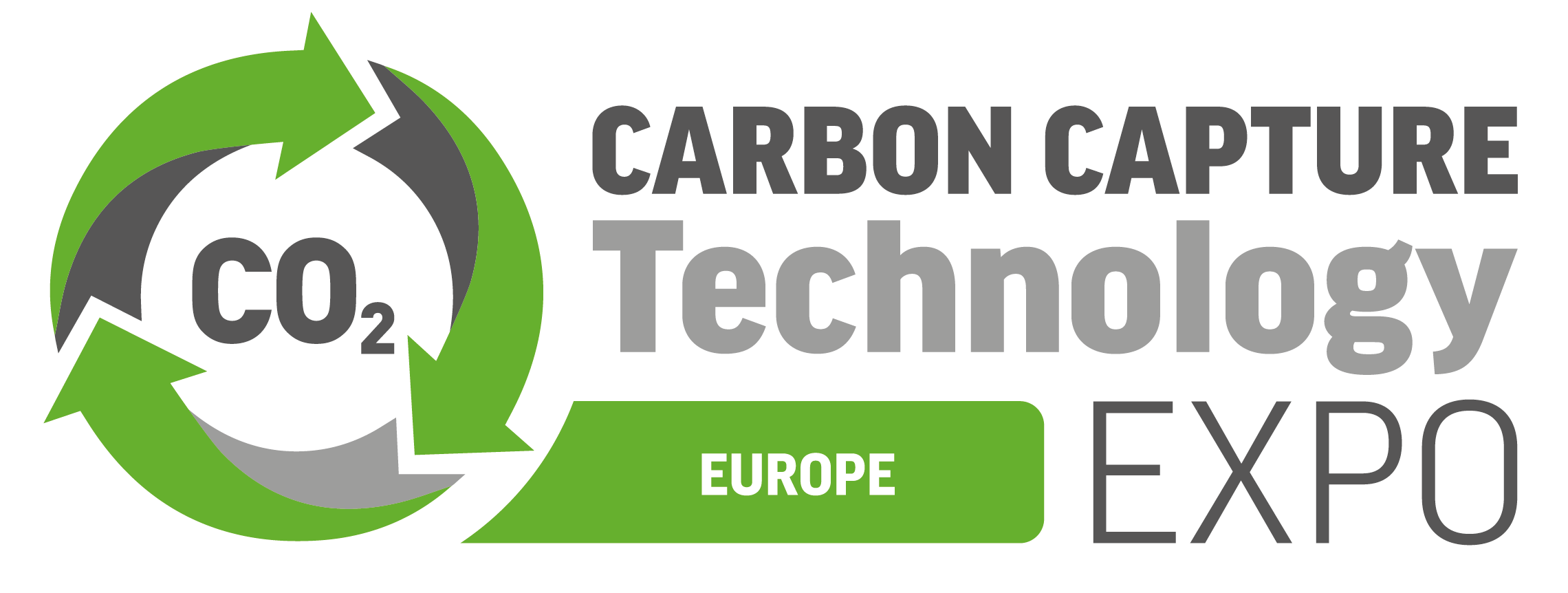

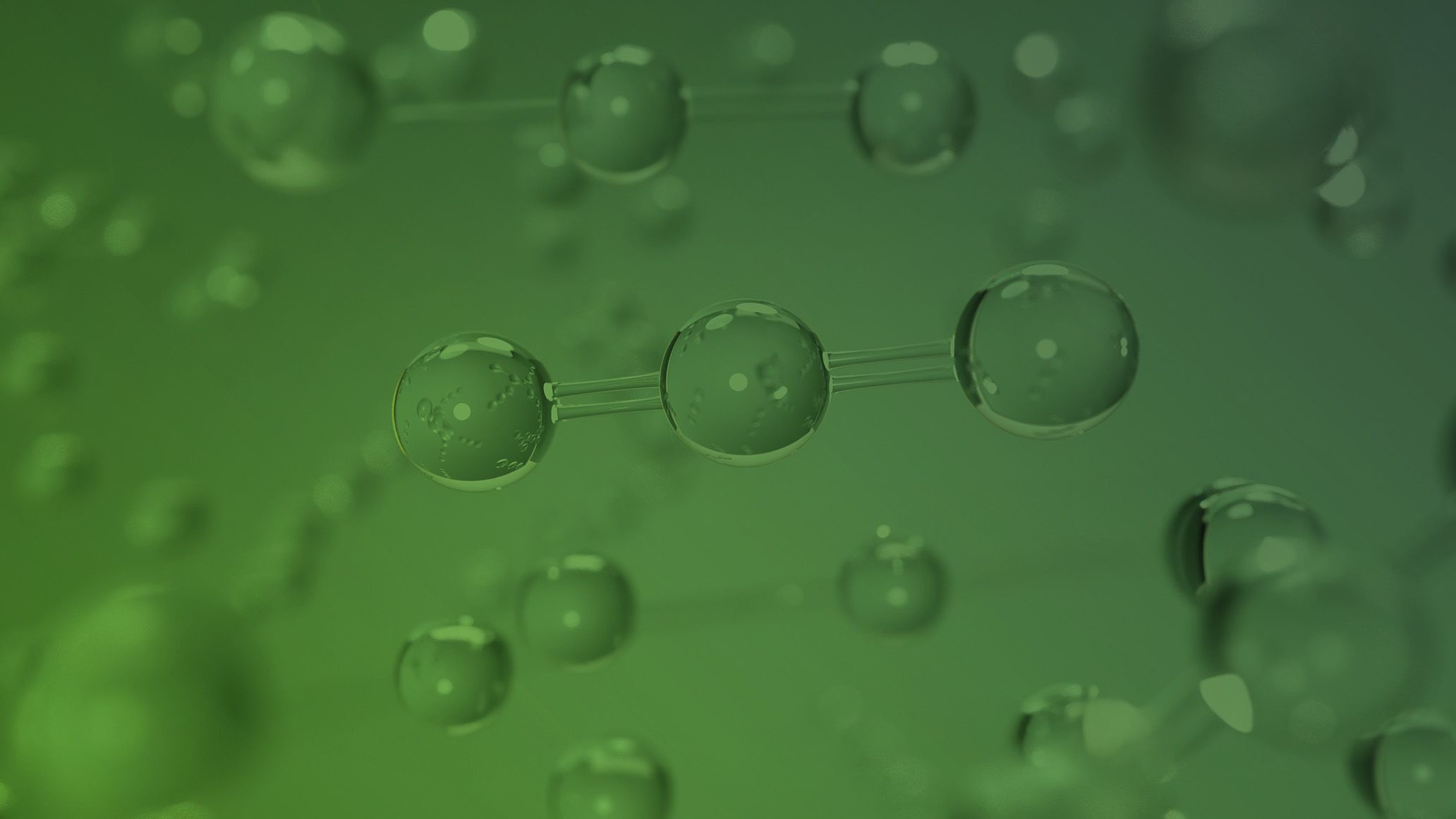
)
)
)
)
)
)
)
)
)
)
)
)
)
)
)
)
)
)
)
)
)
)
)
)
)
)
)
)
)
)
)
)

)
)

)
)
)
)
)
)
)
)
)
)
)

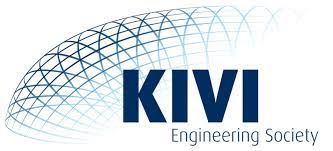
)
)
)
)
)
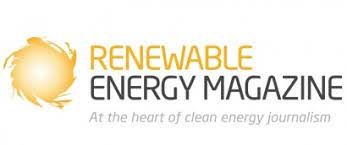
)
)

)

)
)
)
)
)
)
)
)
)

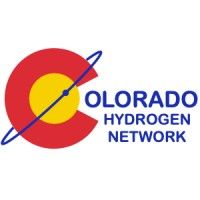
)
)
)
